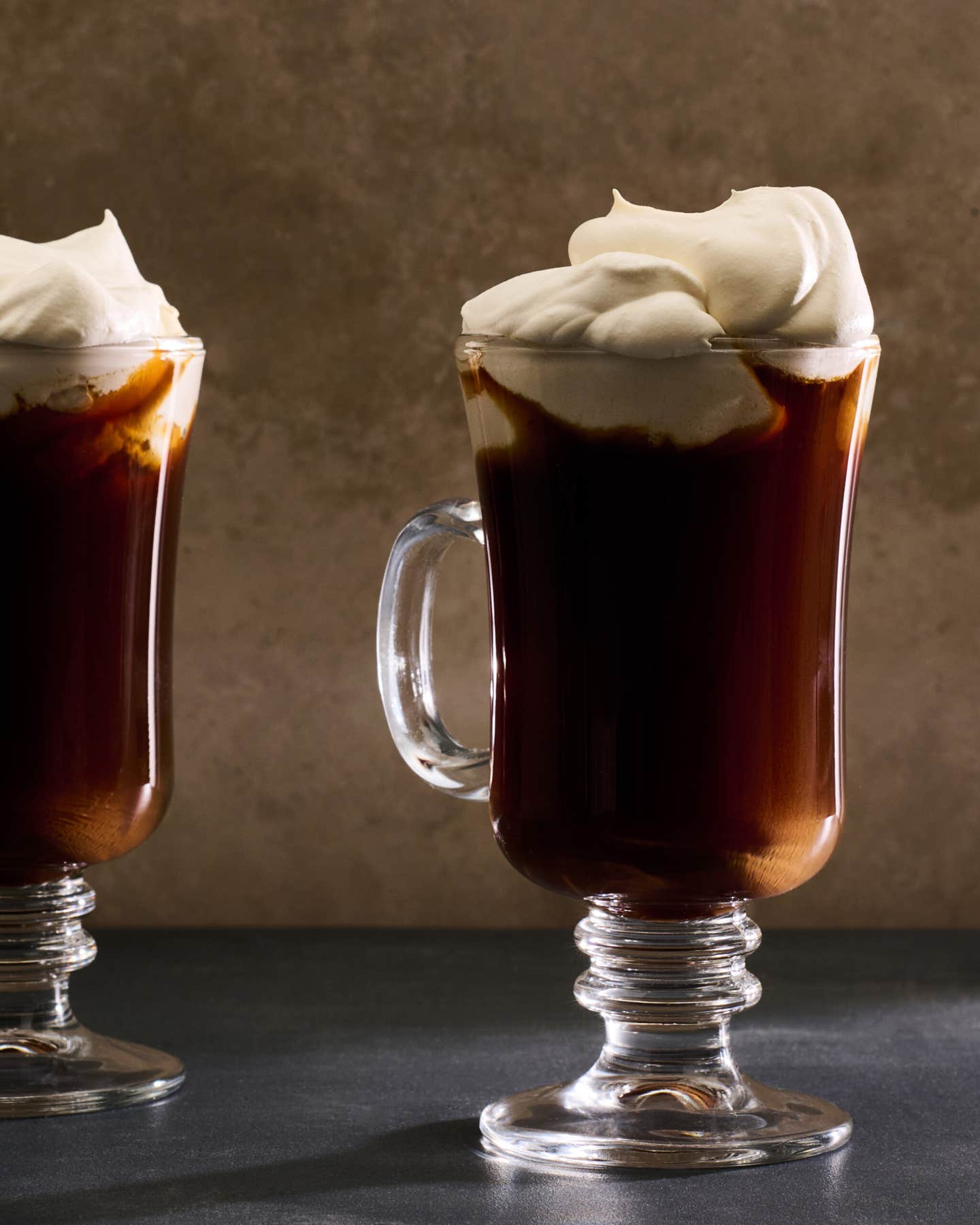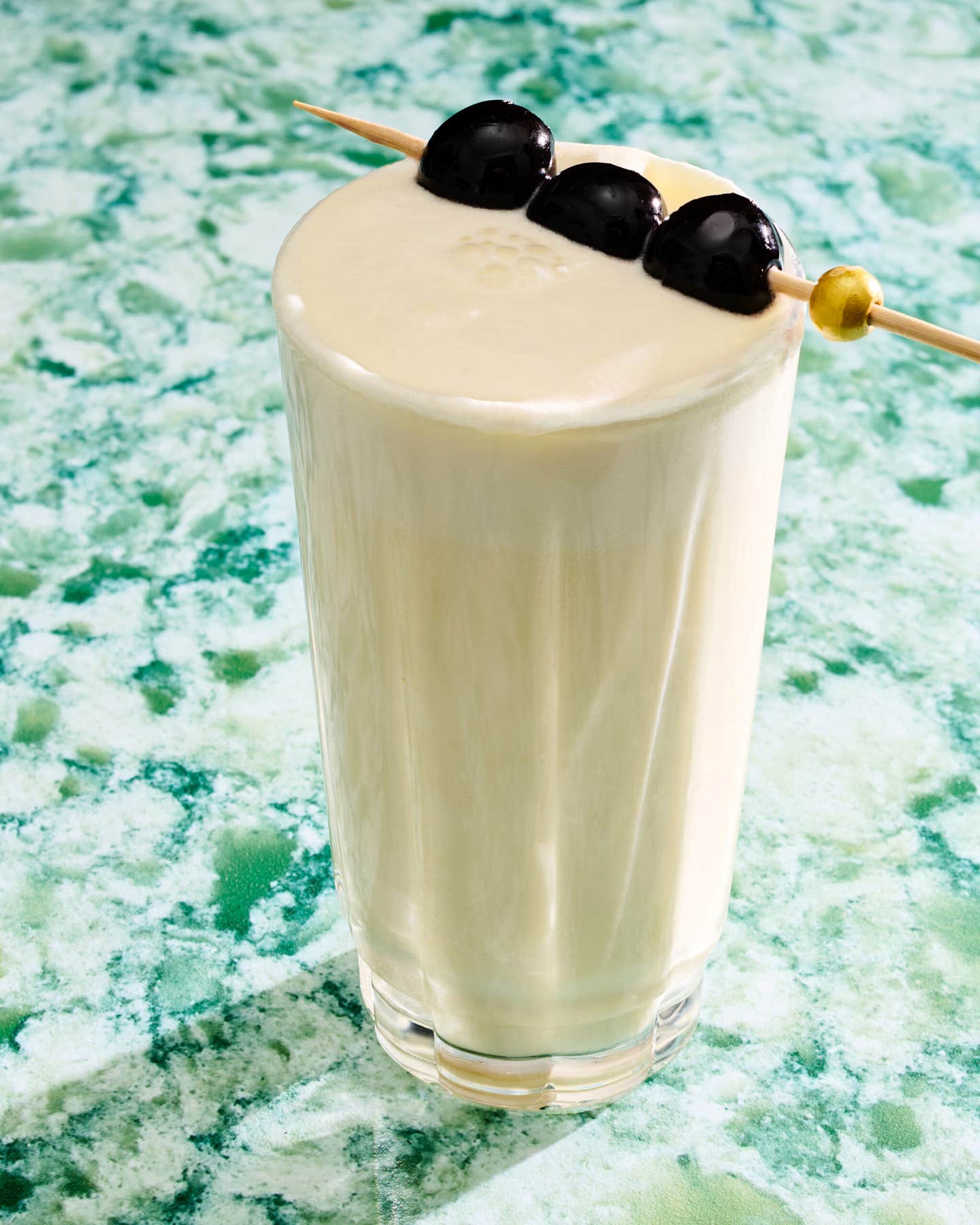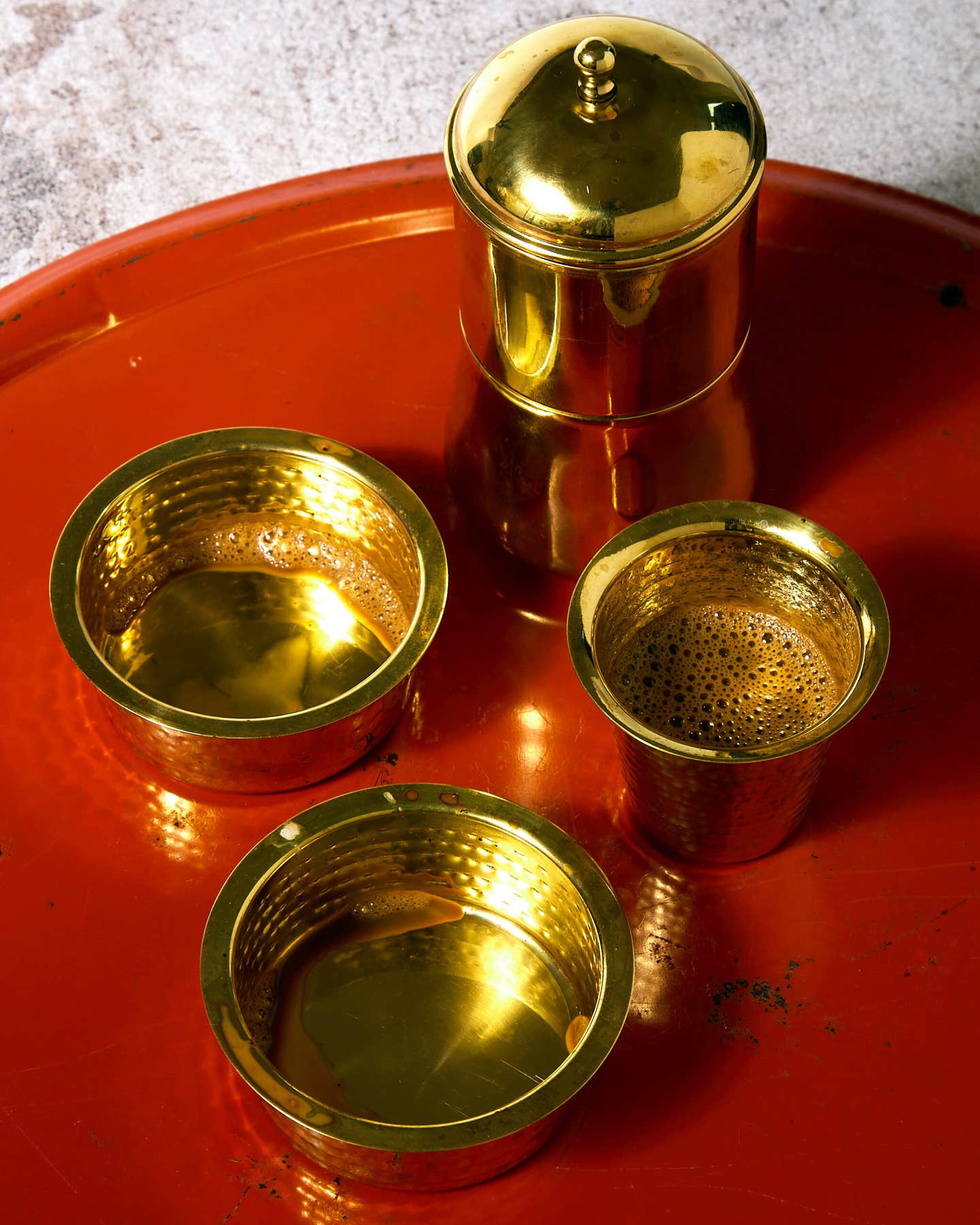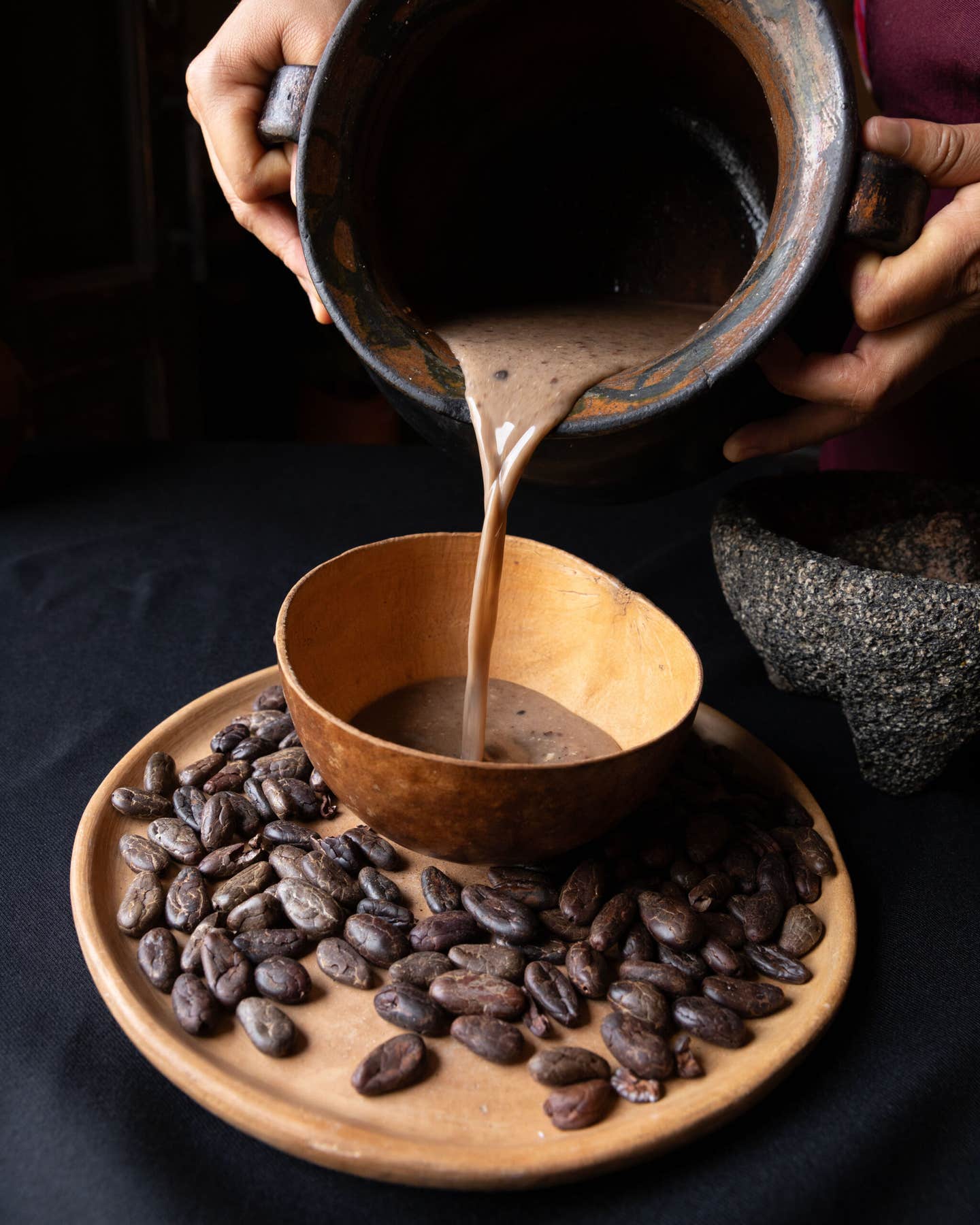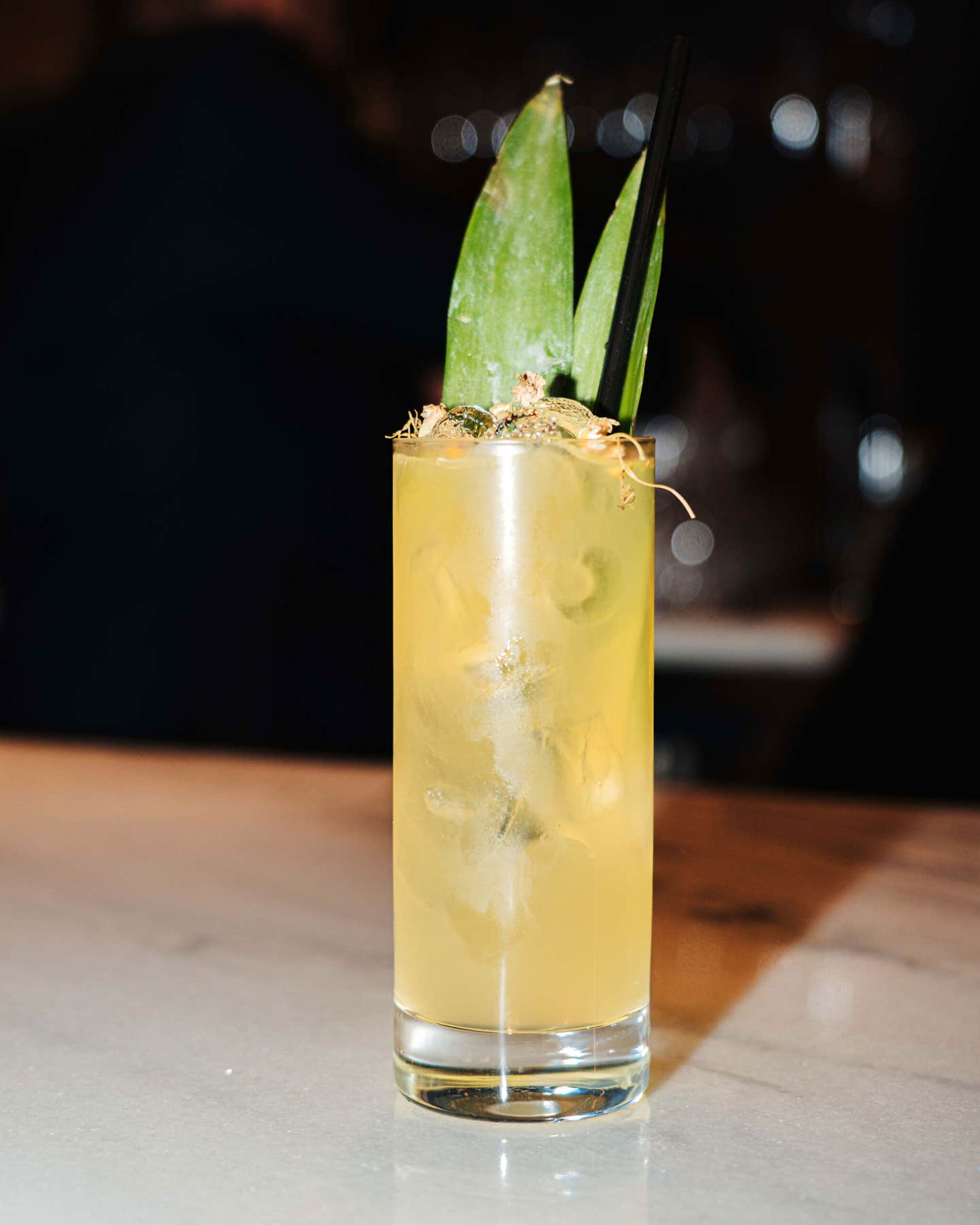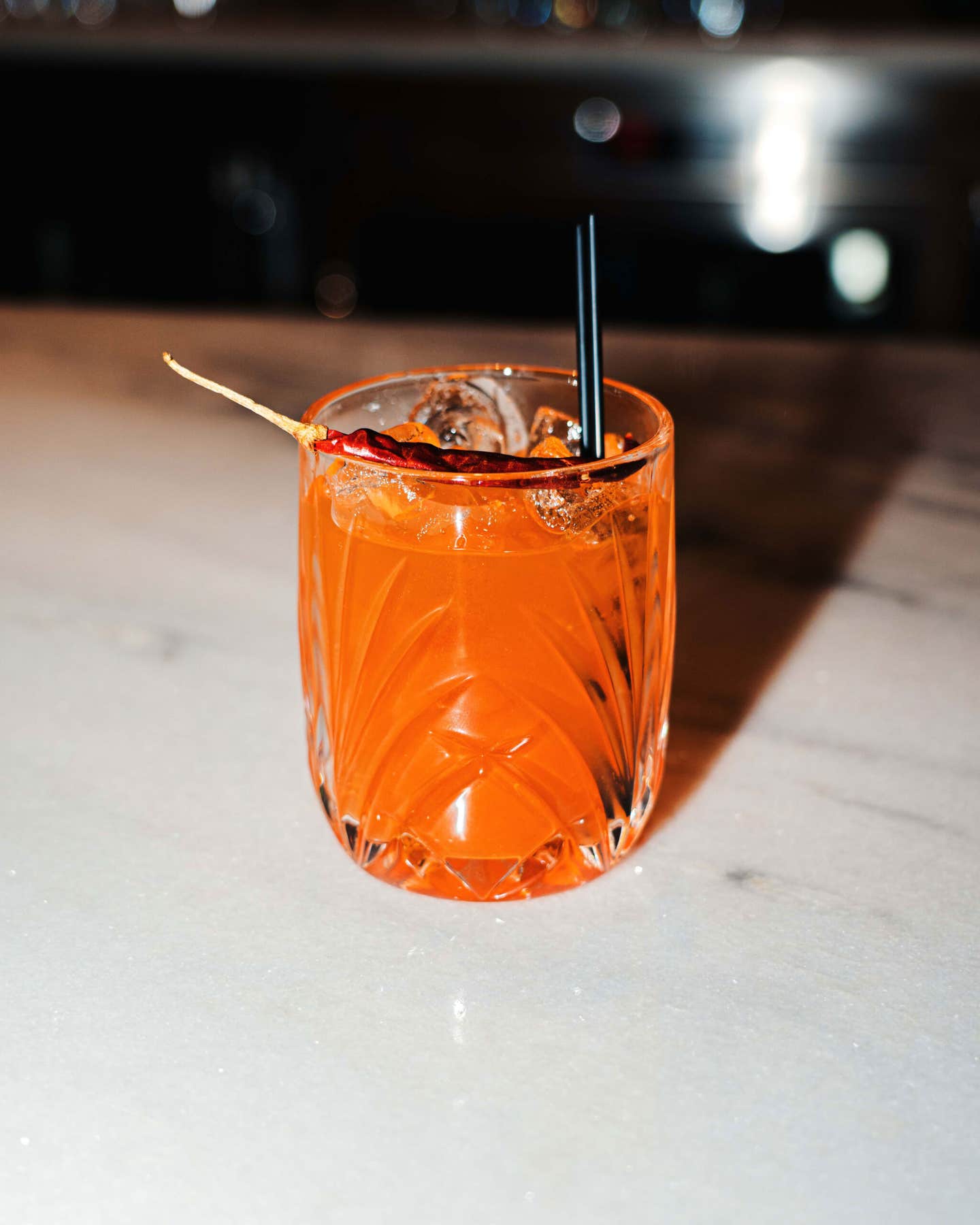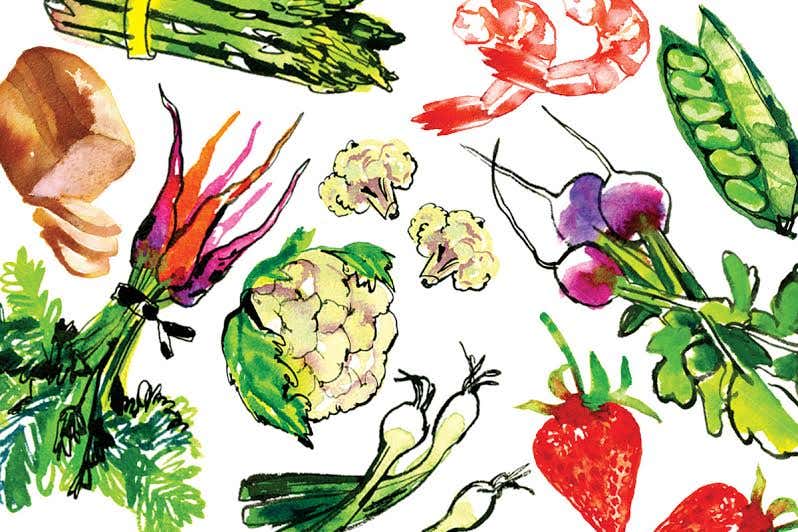
Barbera at the Gates
The noble red wines of northwestern Italy's Piedmont region are barolo and barbaresco, both made from the dark-berried nebbiolo grape. These are hardly everyday drinking, however. In the Langhe, the hills facing the red wine and white truffle capital of Alba, locals consume fruity dolcetto d'alba or tart barbera d'alba with their meals. In neighboring Asti and the Monferrato hills, barbera d'asti is an integral part of the daily fare.
Rustic, prolific barbera is the most widely planted grape in Piedmont, accounting for more than half the region's wine production. Traditionally, it has produced a wine that was richly colored, very acidic, low in tannin, cheap, and ready to drink within a year. End of story. In recent years, however, Piedmontese winemakers have taken a new look at barbera—and have discovered that when it's grown on a sunny site, harvested with small yields, and treated with the same care in the cellar as nebbiolo, it can produce an opulent red wine, explosive with fruit, with a refreshing snap of acidity and (here's the kicker) with little or none of the hard tannins that can make nebbiolo-based wines so harsh and thorny on the palate.
It was the late Giacomo Bologna, a restaurateur, producer of barbera d'asti, and indefatigable bon vivant, who first gave barbera a boost. In the province of Asti, barbera had traditionally been a dark, simple wine, often frizzante, or slightly sparkling. ''It is the wine which has been, and still is, our milk,'' Bologna once told me as he poured me a fizzy glass of barbera in the old-fashioned style. In the early 1980s, however, inspired by a visit to California, Bologna decided to try aging a still version of barbera in barriques—small French oak casks. The result, which he called Bricco dell' Uccellone, was an immediate success: The oak gave it definition, a whiff of spice and vanilla, a little tannin, and even some real elegance. For barbera, it was an astonishing transformation. (Bologna's wines are still produced, under the direction of his daughter, Raffaela, and his son, Beppe.)
In the Alba area, where the magical soil gives even vegetables an intense perfume and depth of flavor, barbera has, from the beginning, produced slightly more serious wines—and, Bologna's early efforts in Asti aside, it is in Alba that most of the more interesting new-style barberas are being made. One barbera pioneer here in the mid-1980s was Angelo Gaja. It was Gaja who, in the late 1970s, had first elevated barbaresco—long considered barolo's poorer cousin—to superstar status. It wasn't exactly a surprise, then, that he would be in the forefront of the new barbera trend—and that his barrique-aged Vignarey (now called Sitorey) would immediately gain international publicity for this new style of wine. Other pioneers in the Alba area were Beppe Colla with the single-vineyard Pian Romualdo barbera he made for Prunotto (he is now technically retired but makes barbera d'alba and other wines with his younger brother Tino at the family-owned Poderi Colla winery), and Pio Boffa with his barbera d'alba at the venerable barolo house of Pio Cesare.
Today, many of the best winemakers in the region have taken up the cause. Alfredo Currado of Vietti in Castiglione Falletto is a specialist in single-vineyard barolos, but also has respect and affection for barbera, and makes several single-vineyard versions of that wine as well. The most typical is Scarrone, part of which comes from a vineyard planted more than 75 years ago, just below his house. Last year, Currado made a further commitment to the grape by acquiring a barbera vineyard in Agliano d'Asti, planted with vines dating from the 1930s. ''Barbera from Agliano has always been more robust,'' says Currado, adding that he is delighted to have found a vineyard with such a sunny exposition. ''Here in the barolo area, it's difficult to find a good barbera vineyard because the best positions are reserved for nebbiolo,'' he explains.
Up the road from Vietti, at a vineyard called Conca Tre Pile in Monforte d'Alba, Aldo Conterno makes a stellar barbera—a wine with masses of bright fruit and a solid structure. Conterno—who learned English when he enlisted into the U.S. Army during the Korean War while visiting his restaurateur uncle in San Francisco—explains the difference between barbera from the Alba area and that from Asti. ''In Alba,'' he says, ''we call the grape _la _barbera. It's more elegant to say it that way. It sounds more gentle, more feminine. But around Asti, it's _il _barbera because, to winemakers there, it is the most prestigious grape.'' In the past, Conterno aged his barbera in the traditional manner, in large Slovenian oak casks. But his sons have been experimenting with French oak, and he likes the results. ''Barbera,'' he explains, ''is a wine born completely without tannin and with a high percentage of acidity, so French oak will do a great deal for it, because the wine takes tannin from the wood and this covers the acidity. It also gives spice and vanilla to the barbera and so, in a way, improves the taste and the bouquet of the wine.'' (Conterno's older brother, Giovanni, makes an excellent barbera d'alba in a more traditional style nearby, under the Giacomo Conterno label—named for the brothers' father.)
Pio Boffa of Pio Cesare—who is as much at home in New York or Tokyo as in Alba, and who understands the nature of the international wine market—has other insights into the nature of barbera. ''One of barbera's biggest problems outside of Italy has always been the fact that, because of its acidity, it was never a mellow, round, sweet-fruit sort of wine.'' In Boffa's view, the only way to tame the grape's fierce acidity is to treat barbera not as a prolific producer of everyday wine, but to grow it as a noble grape. ''We need to give barbera the same respect we give nebbiolo,'' he says. ''That means planting it on a hillside or on top of a hill, facing south, southwest, or southeast, so that vines get the maximum amount of sunlight. It should be planted on a deep slope where the soil is poor and dry, to discourage the vines from overproducing. You also have to make what we call the 'green harvest' every July, going into the vineyard and ruthlessly cutting off grape bunches.'' Boffa believes so strongly in barbera's potential that he plans to plant the grape on a piece of land he bought recently; it lies next to the estate in Serralunga where he produces his top-of-the-line single-vineyard Ornato barolo. ''Cost me a fortune,'' he groans. ''But I think barbera will give us a lot of pleasure and a lot of good things in the future.''
Luciano Sandrone, who makes an ample, full-blooded barbera just outside the Barolo zone, is another Piedmontese producer who has given a lot of thought to barbera. It is a difficult grape, he says, but in its difficult nature might be found its greatest opportunities for success. ''If it's grown on very poor terrain,'' he says, ''with very old vines, then we may arrive at a wine of quality.'' He has been looking for a property answering to this description near Monforte, one of the barolo villages and also one of the areas he considers best for barbera. ''Barbera carries forth the typicality of the region,'' he says. ''These are our wines, and they are unique. I'm convinced that barbera has great potential—but we haven't yet been able to tap it.''
Some producers are trying to do just that by blending the grape with nebbiolo. The idea is not a new one. In the past, a small amount of barbera was sometimes added to nebbiolo d'alba, for example, to give it a little color and fruit, and to cut its harsh tannins. Domenico Clerico's modern-style Arte combines nebbiolo from his best barolo sites with about 10 percent barbera (the exact proportions change according to the vintage). Over in Castagnole, at the border of the Langhe and Monferrato, Giorgio Rivetti—best known as the producer of an exceptional peach-scented single-vineyard moscato d'asti from the La Spinetta estate'makes a wine that is more or less the mirror image of Arte. Called Pin, it's an old-vine barbera cut with about 15 percent nebbiolo. ''Making this blend has a great advantage,'' Rivetti says, ''because you have the color and fat of the barbera plus the elegance and perfume of the nebbiolo.'' And Alfredo Currado combines nebbiolo and barbera in the wine he calls Fioretto—which he likes so well that he has set aside double magnums of his 1982 vintage to drink on December 31, 1999, in celebration of the new millennium.
Acclaimed barolo producer Elio Altare doesn't blend his barbera, but uses it exclusively to make an incredibly opulent (and expensive) wine called Vigna Larigi. He is careful, however, not to overstate the case for the grape. ''I think my barbera is a good wine,'' he says, ''but it's not a great wine. For me, barbera lacks the finesse, that touch of class, that pinot noir and nebbiolo have.'' Altare first put barbera in French oak in 1983, inspired by Gaja and Bologna. ''With my first barrique,'' he tells me, laughing, ''I made a good vinegar.'' He's learned a few things since then: His Vigna Larigi is so in demand, he notes, that he can't even offer tastes to all the connoisseurs from around the world who make the trek to his cellar and beg to try it. If he did, he says, an entire vintage would be gone in a week.
Altare is also involved in an unusual, informal information-sharing project: He and a group of other winemakers—including Enrico Scavino (of the Paolo Scavino winery), Domenico Clerico, Aldo Conterno, and Luciano Sandrone—experiment each year with different fermentation techniques and types of barriques for barbera. At the end of each harvest, the group gets together to blind-taste the wines they've made and to select their favorite. The producer of the winning wine then must explain to the others exactly how he achieved it. ''In my father's generation,'' Altare points out, ''a winemaker in Piedmont would never admit that another man's wine was any good—let alone cooperate with a rival winemaker. Maybe if we keep doing our experiments, in five years we can make barbera into a terrific wine. That's what drives everybody here—this curiosity to see how high barbera can go.''
Keep Reading
Continue to Next Story



